Contrary to what most would believe, North Korea is not an entirely impoverished nation without tall buildings or proper housing. Transport in Pyongyang is rather accessible and can be compared to other parts of the developed world. Having said that, Pyongyang is the showcase city of DPRK and the same cannot be said about the rest of the country.
Transport
Flights into Pyongyang are rare, and the usual ones are from Moscow, Kuala Lumpur and Beijing. The most frequent flights are from Beijing, the nearest city to Pyongyang. Flights are twice a week on the semi-luxurious Air Koryo. It might be be famed as the only 1 star airlines in the world, but this is mainly due to the working relations (or lack of) between them and the main aviation authorities in the world. It certainly beats most other budget airlines with the excellent service and well maintained plane.

An Air Koryo plane to Pyongyang

The interior of the Air Koryo plane
For the plane fanatics, this is a Russian TU (Tupelov). Might be a 237 but we can’t be sure either! Oh, and I’m certain they get the prettiest Korean ladies to be their stewardess, much better than what you would find from any other airlines!
Upon arrival, we were greeted by our friendly tour guides and our transport for the trip. The local tour buses are mostly imported from China and are fairly new. Names like Golden Dragon and some-other-colour dragons form up the main fleet of their buses.

KITC tour bus

Interior of a typical tour bus in North Korea
Tours are almost always run by KITC (Korea International Travel Company), a government arm for the tourism industry. All tourists must be accompanied by a KITC guide at all times. On special occasions, there are other local tour companies but they host mainly sports groups and special envoys.
The locals have their own form of public transports too. Taxis are a common sight (not as abundant as major cities around the world) and cost on average 0.5 EUR per half a km. Though cheap by internationl standards, it is usually reserved for the middle to upper class of Pyongyang.

Taxi in Pyongyang

Taxi at a junction in Pyongyang
Trams are the more common form of transport for most of the residents in Pyongyang. It runs on electricity and the network is fairly extensive. Tram cables can be seen overhead on most major streets in the city. During peak hours, queues for the trams can be as long as 100m!

Tram in Pyongyang
For cross city transport, the locals would use the metro system. Lines are rather simple and the stations afew, but it is still a big milestone for a city. In comparison, 94% of South East Asians do not have metros/subways in their city.
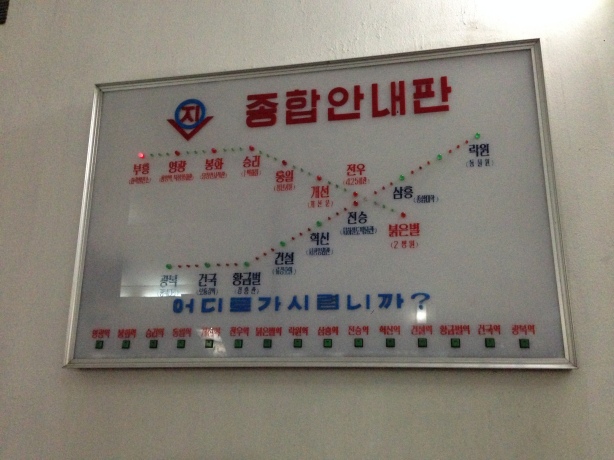
Map of the metro system
The metro is built 100m underground. It is claimed that the metro is built after the city has been developed, hence the need to dig deeper to avoid the foundations of buildings. Seeing that this is the only city in the world that has this reason, I would suggest that this can probably be changed into a makeshift bomb shelter for the residents. It’s purely my speculation of course as the tour guides would never admit to it…
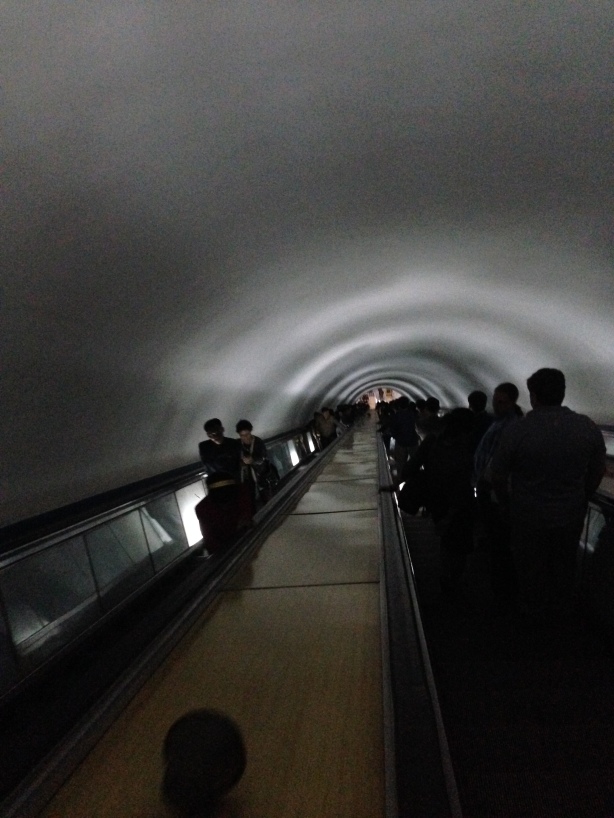
The escalator to the train platform
The train platforms are big and grand, with chandeliers and mosiac paintings found all around the platform. Trains are frequent at about 5 minutes intervals each during the non-peak hours. In replacement of blatant advertising as a product of capitalist nations, Pyongyang sports the latest local newspapers on the platform. It provides a form on information for the locals and yes, people do read them.

Train platform in a Pyongyang metro station

Newspapers at the local train station in Pyongyang

Painting of Kim Il Sung at a Pyongyang metro station
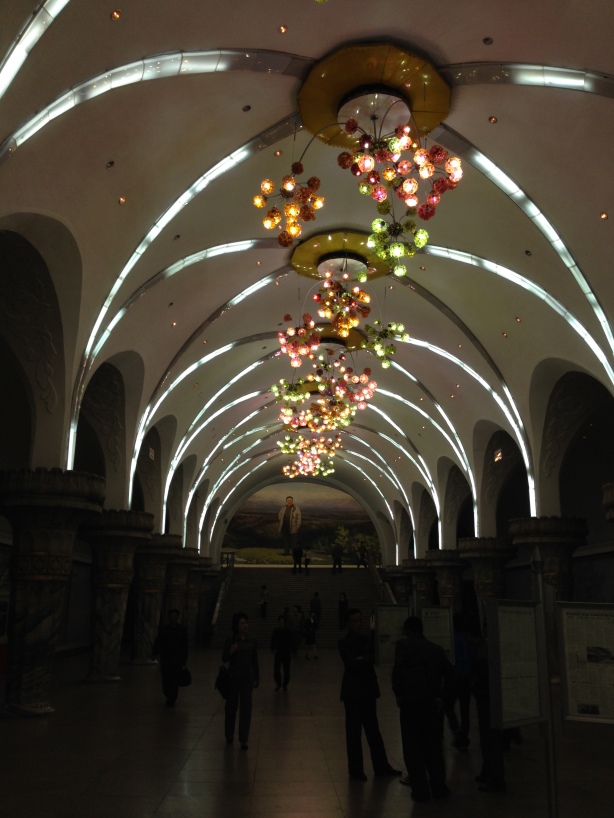
Artwork/lighting on the platform
The interior of the trains are somewhat different. Lights are only at the entrace/exits of the trains but not in the middle. Doors close forcefully when it is about to depart, and must be manually opened by the passengers when alighting.
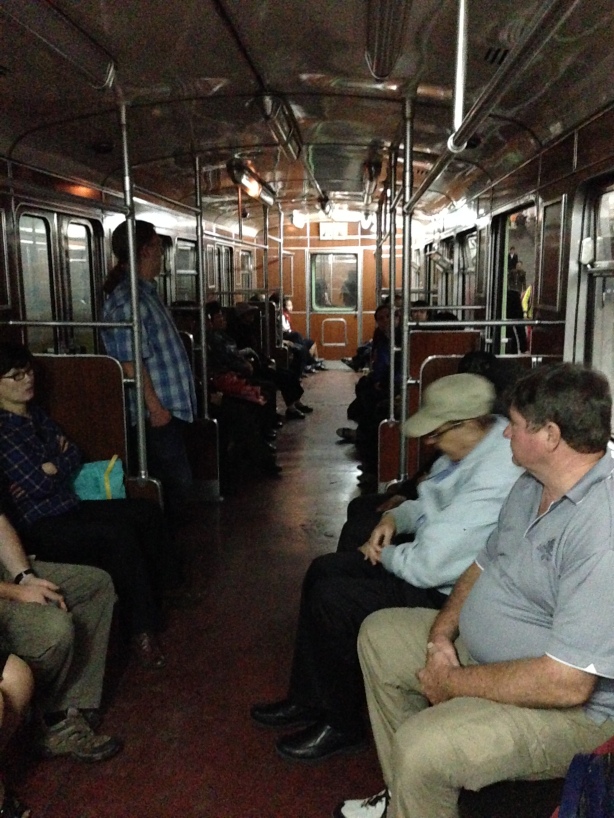
The interior of a Pyongyang metro
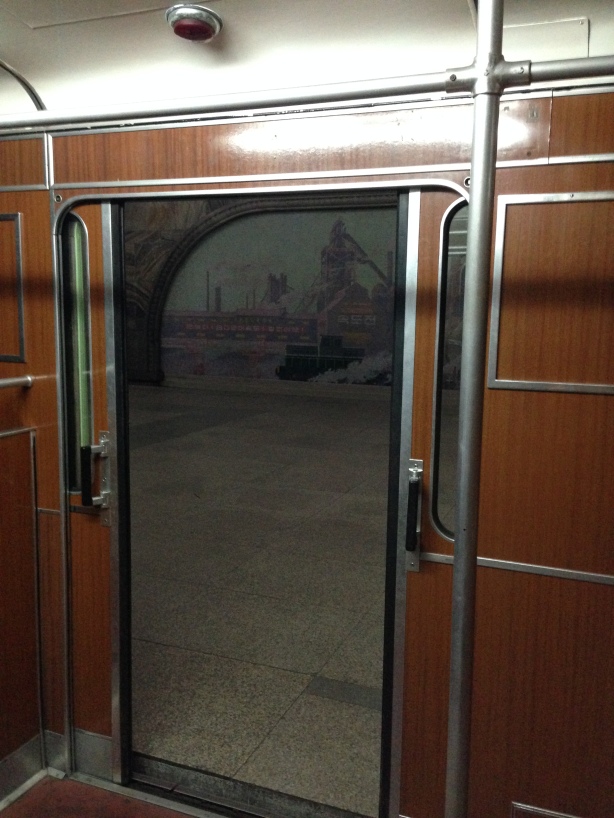
The semi-automatic trains of Pyongyang’s metro
As for the affluent, cars are the main mode of transport. They constitute a fair bit of vehicles on the sparse and vast roads of Pyongyang. At more than 10,000 USD for a simple model, these cars ranges from foreignly imported to the local made. European cars seems to be for the ultra rich, while the merely affluent uses the locally made cars.

A made in North Korea car
The other main transport out of the country are trains. The Pyongyang train station is frequented by both locals and foreigners. Small by most international standards, the train station is a mix of locals bidding goodbye, foreigners accompanied by local guides and a dash of angry/loud Chinese trying to communicate with the ‘Korean-only’ local train staff. Sleeper beds are of Chinese standards and are fairly comfortable.

The Pyongyang train station
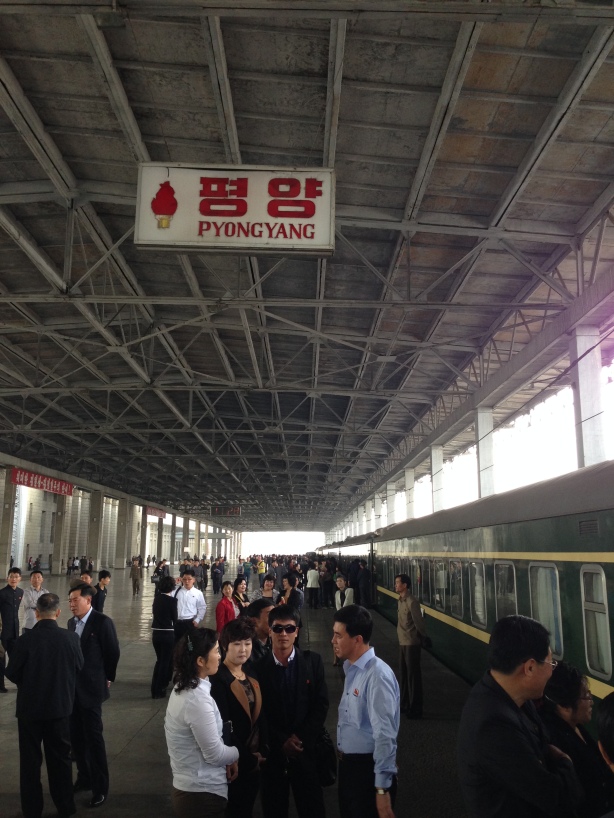
The train platform at Pyongyang station

The international Pyongyang – Dandong train
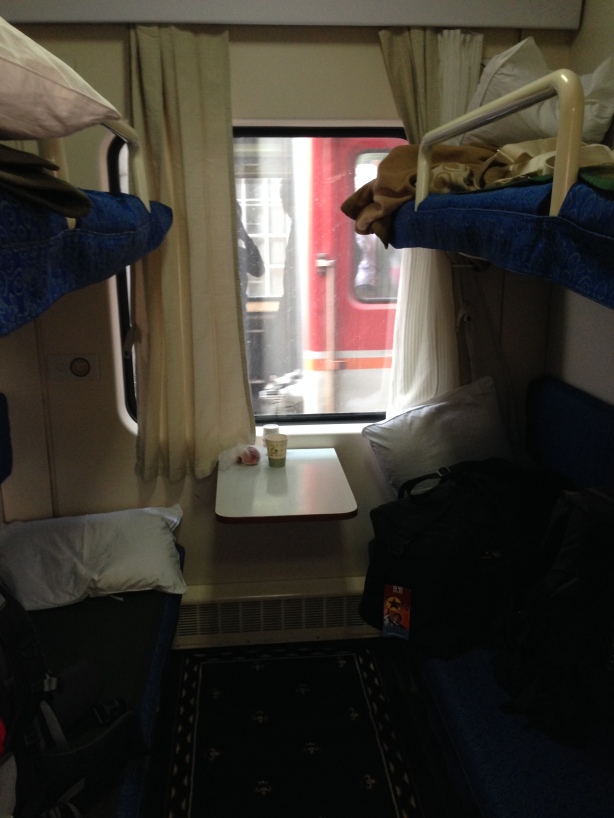
The interior of a North Korean train cabin
Tourism
Tourism is starting to become a big thing in North Korea. Hotels and sites of entertainment are springing up of recent years and they don’t seem to be slowing down. Hotels are found over some parts of the city. Normal tourists (like me) would usually stay at the Yanggakdo Hotel. The hotel is situated on a island that is surrounded by a river. Myth is that it would be harder for us to escape if we want to…

The 47 storey tall Yanggakdo Hotel

The lobby at the Yanggakdo Hotel

The Yanggakdo Hotel from the top of the Juche Tower
The amenities are better than what you would get at most hotels. They have a bar, a few restaurants, a hair saloon, a spa, a swimming pool, a casino and even a bowling alley located all within the compounds of the hotel. Service is good and they tend to greet you in your language (everyone spoke to me in Chinese but English to my tour mates).
There are theme parks, water parks and even a ski resort in North Korea. During the trip, we were brought to the local theme park. The rides are not extensive nor exhilirating and costs an average of 1-2 EUR per ride. Foreigners need not queue at any of the times, but are paying a premium to enjoy these rides. Locals pay a fraction of what we do.

Entrance to a North Korean theme park

Rides at the theme park

Rides at the theme park

A rollercoaster at the theme park

The most exciting ride, aka the Vominator
Local Infrastructure
There are parks in North Korea, unlike what most would imagine. Locals go to parks like what we do, and picnics are popular during the national holidays.

A view from the top of a hill/park
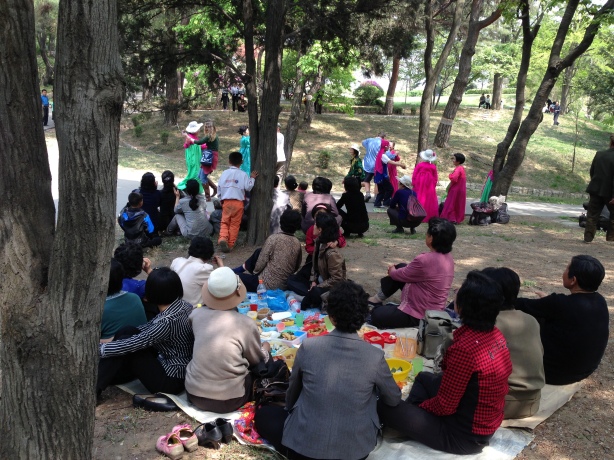
North Koreans gathering for picnic and dance
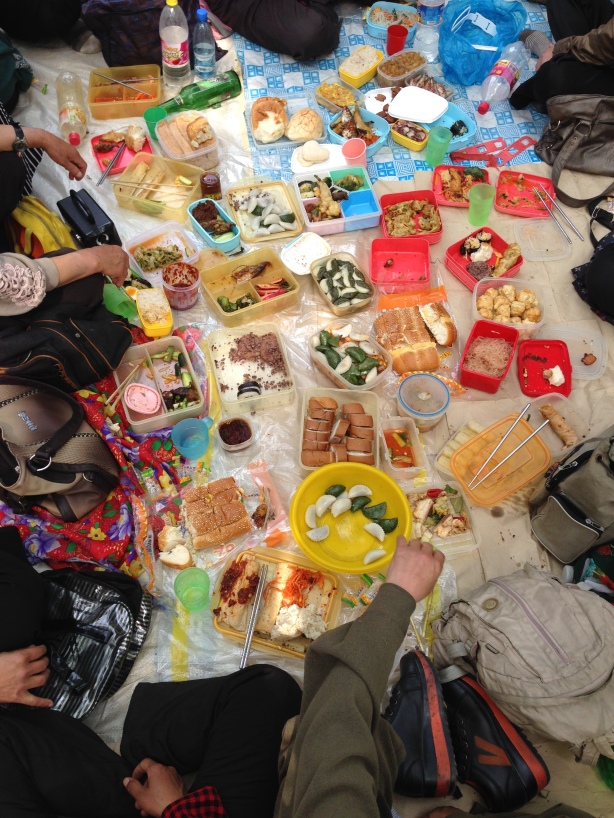
A typical picnic sample

Locals gathering for a dance at the park during their national holiday

The view at a local park
On top of parks, the locals get to enjoy their holidays at performance halls and circus halls. The younger students attend a national group known as young pioneers. This group of students are recognised by the leaders themselves and is thought to form the backbone of future generations. Smart and wildly talented in all ways, these students have elaborate performances twice a week in front of large audiences. Circus acts are also a common form of entertainment for the locals.

A young pioneers performance

My young pioneer guide

A circus performance in Pyongyang
The city of Pyongyang is a showcase city of the country. Like most major cities, they do have their fair share of roads, amenities and other necessities that would keep a country running. Roads are lined with shops and underpasses are more common than overhead bridges.

Street lights at a Pyongyang junction

A local bar
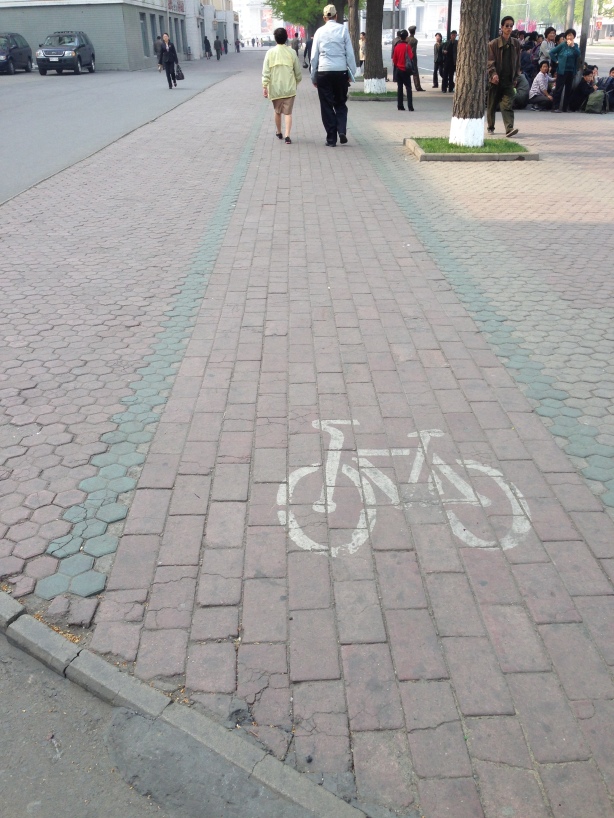
Cyclist pathways

A rubbish bin. Yea i know, they have rubbish bins there, unlike most of the world.
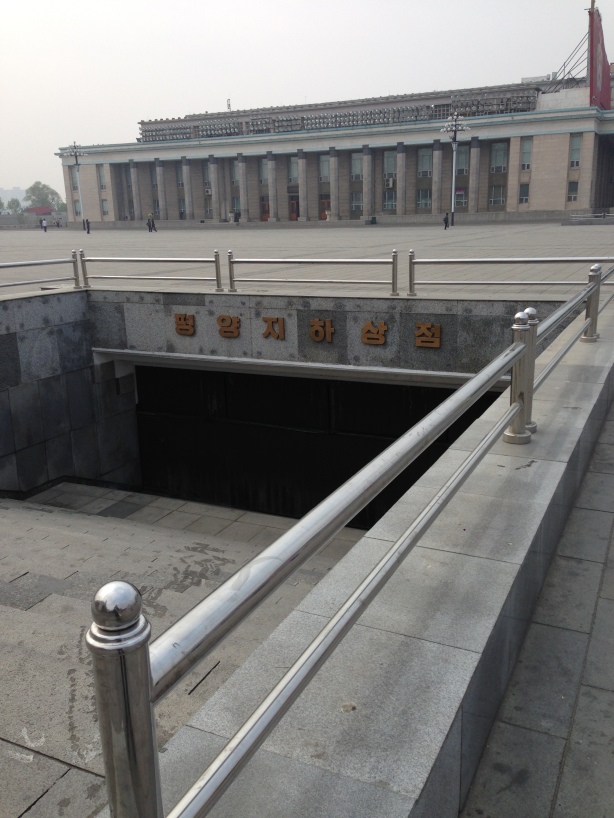
An underpass at a junction
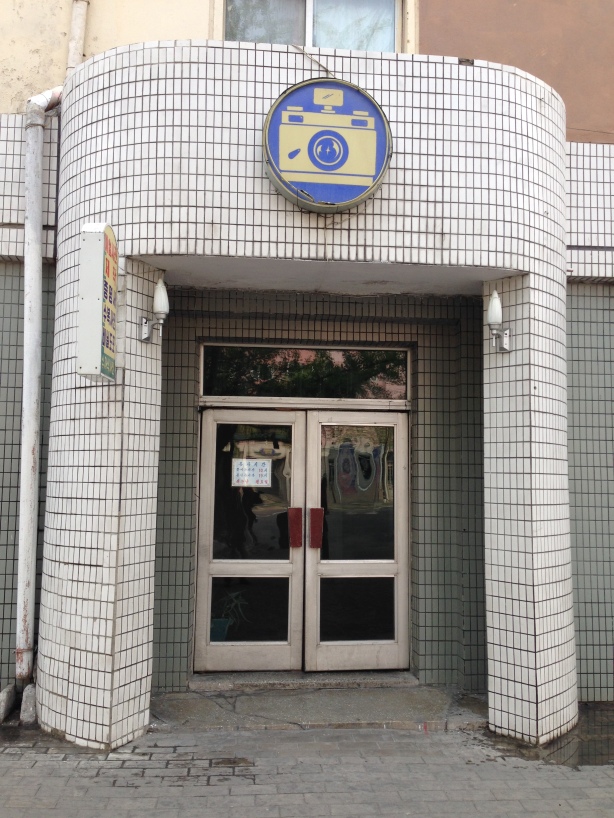
A camera/photography shop

The famous North Korean female traffic warden. With the introduction of the street lights, they are becoming a less common sight at traffic junctions. Also, they have moved to the sides of the road as compared to the centre of the junction historically
From the top of the Juche tower, the skyline of North Korea is fascinating. Monuments are parks litter the city, coupled by mid rise buildings and endless clear roads. Some travellers label this as Beijing 30 years ago, when the roads are not congested and the country is as ‘hermit’ as now.

View of the Ryugyong hotel from the top of the Juche tower
![IMG_3790[1]](https://bucketlistsforbreakfast.files.wordpress.com/2014/05/img_37901.jpg?w=614&h=460)
![IMG_3792[1]](https://bucketlistsforbreakfast.files.wordpress.com/2014/05/img_37921.jpg?w=614&h=460)
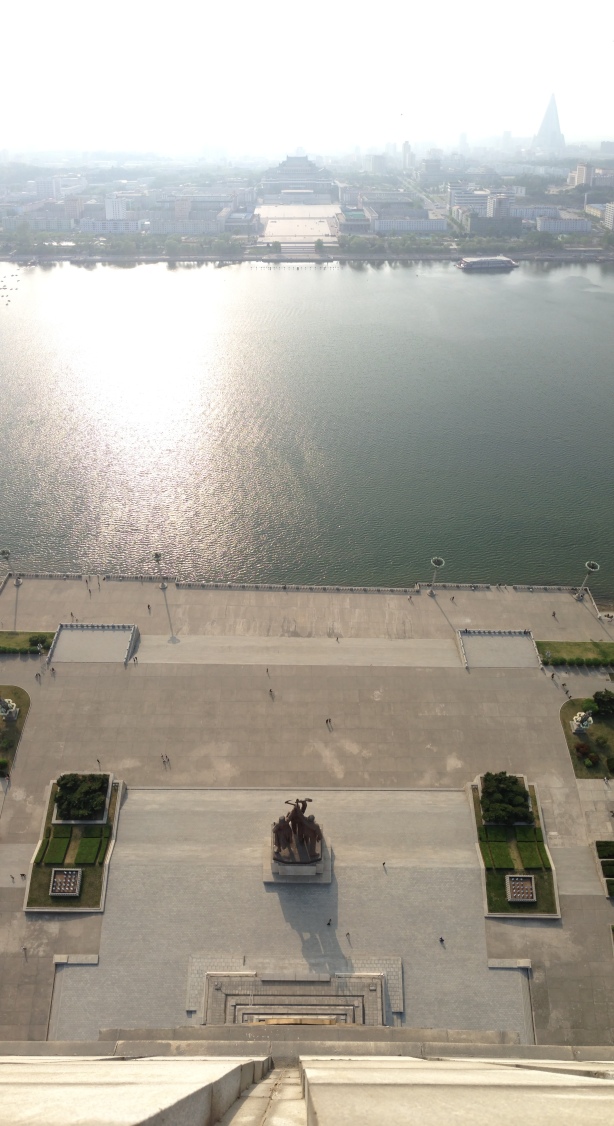
The monument in front of the Juche Tower
Although it is one of the most impoverished nations in the world, the capital of DPRK, Pyongyang, is a marvel to behold. The city has a decent transportation system, facilities can be located sparsely over the town and most parts turn out to be like how a city should be. Explore Pyongyang on your own, and compare it with other cities around the world!

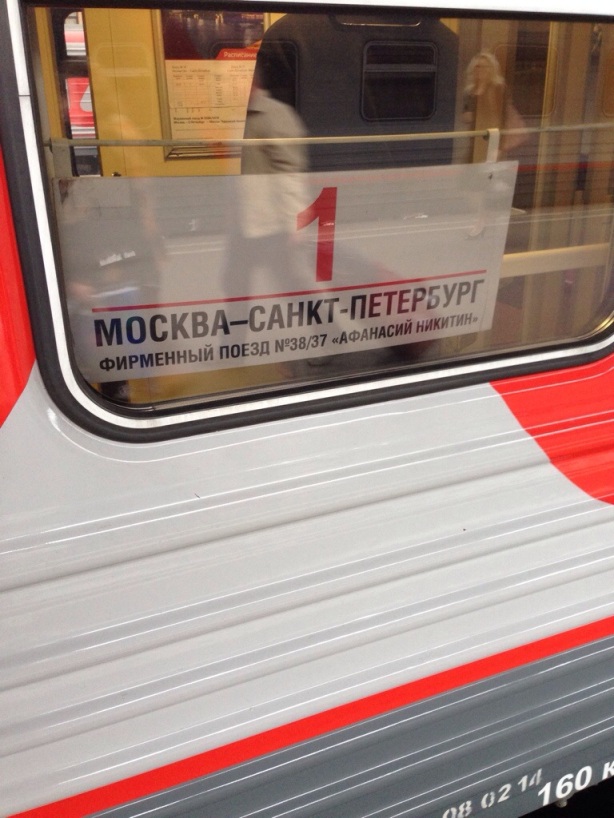
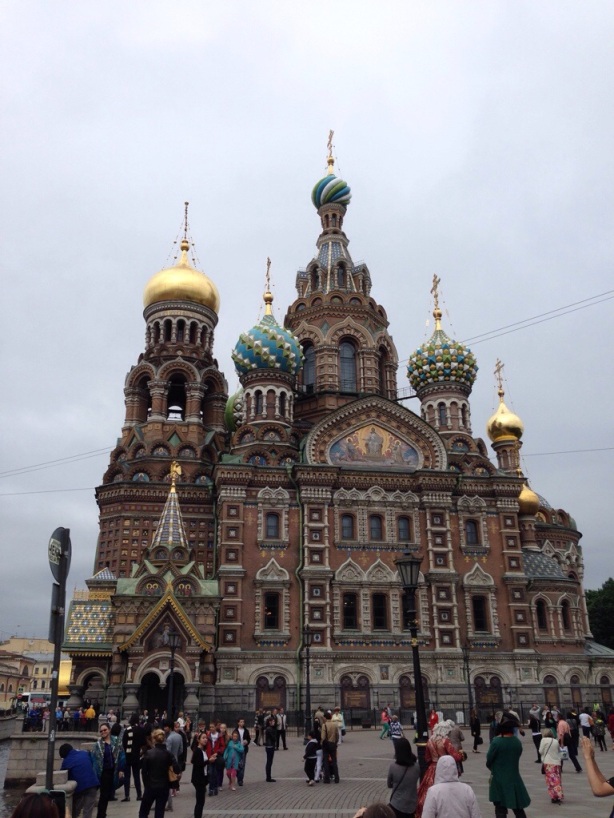








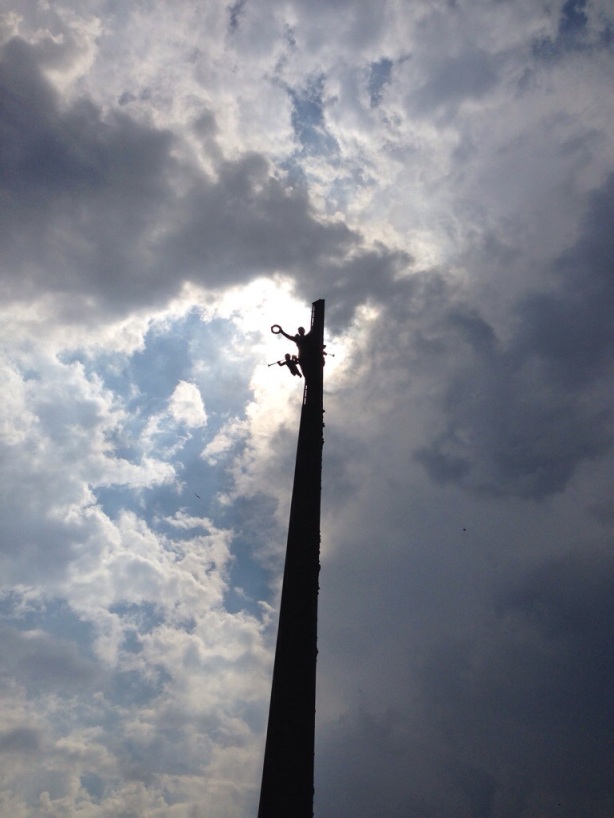

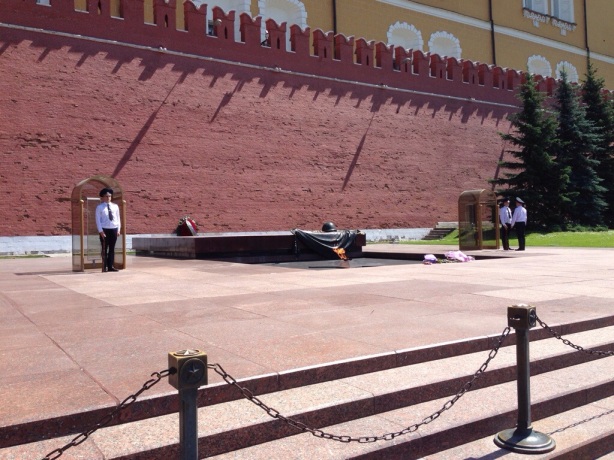



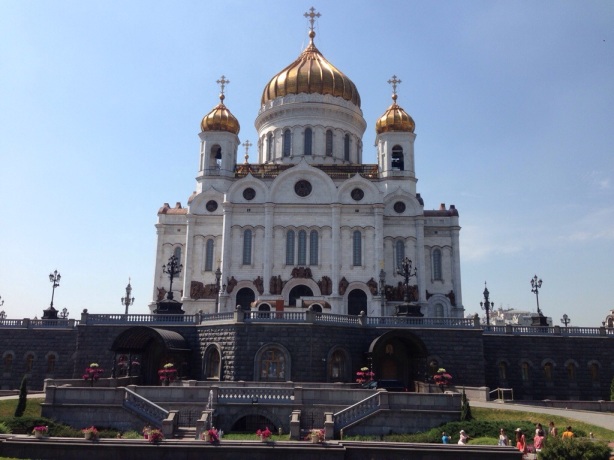

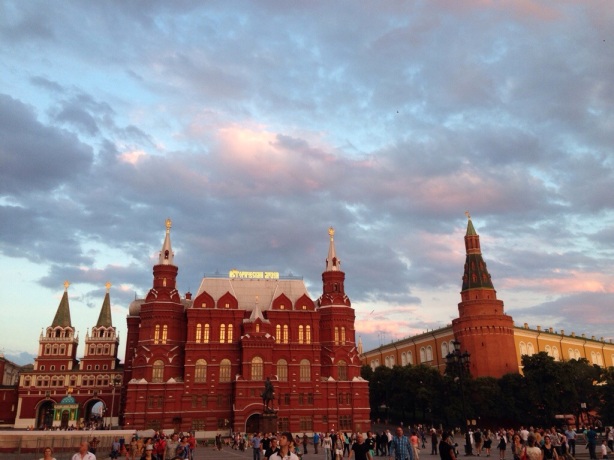









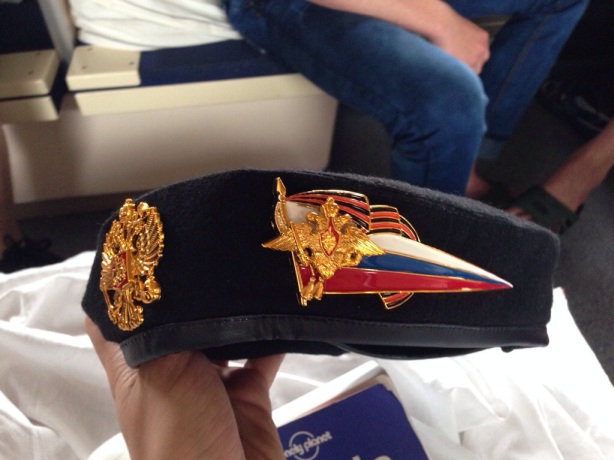


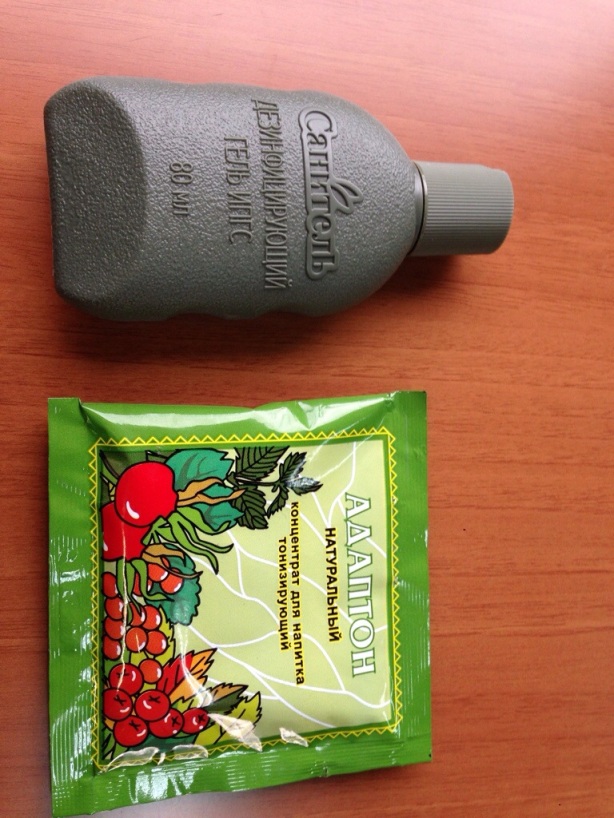





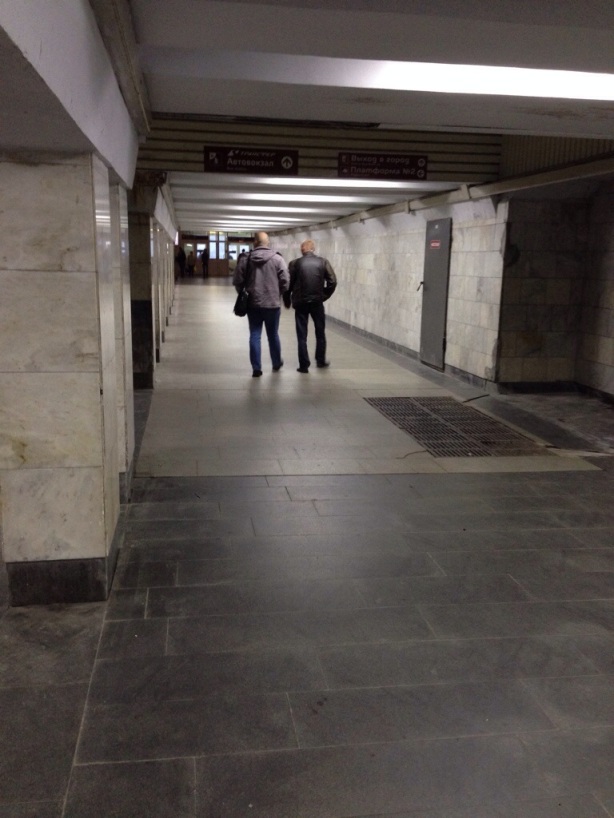

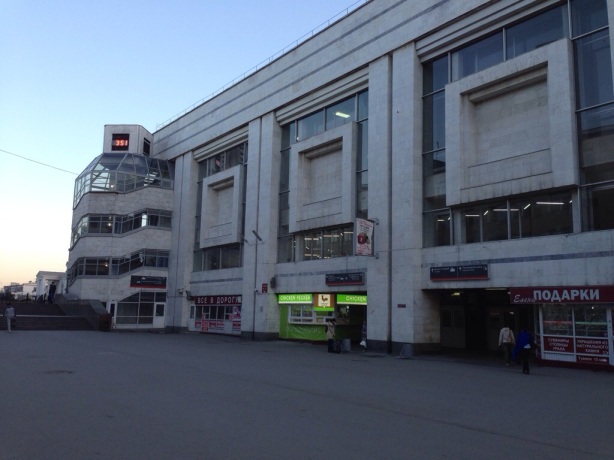

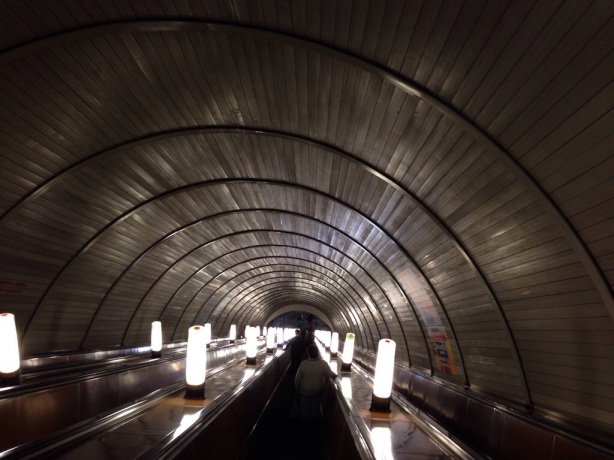


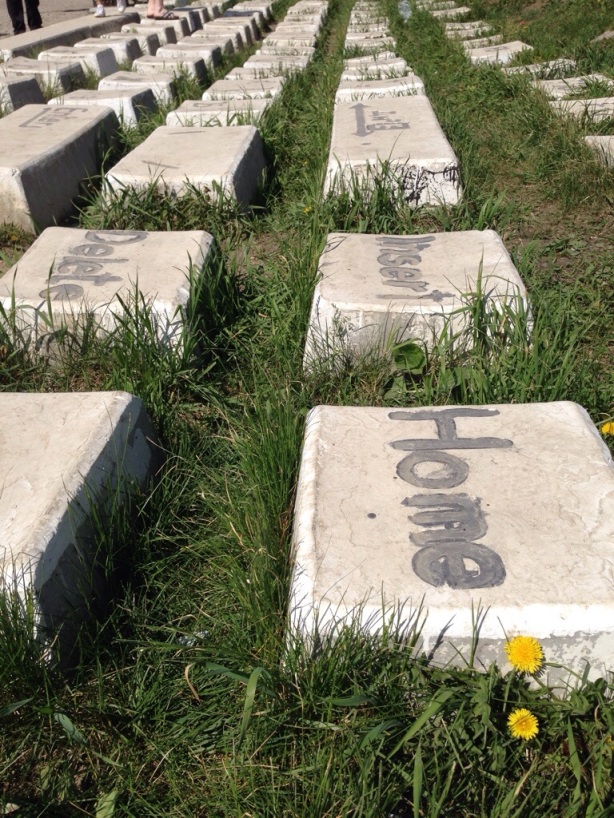
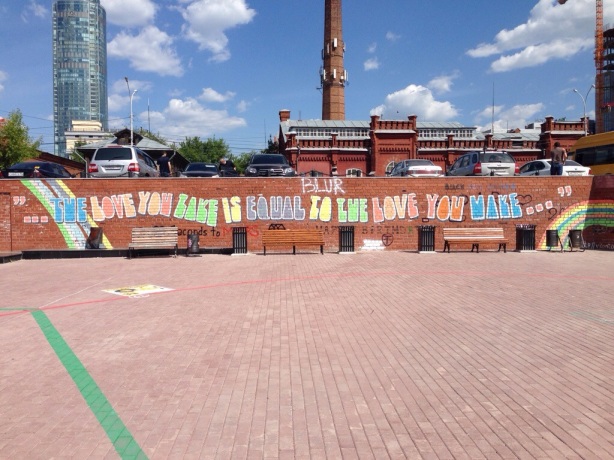
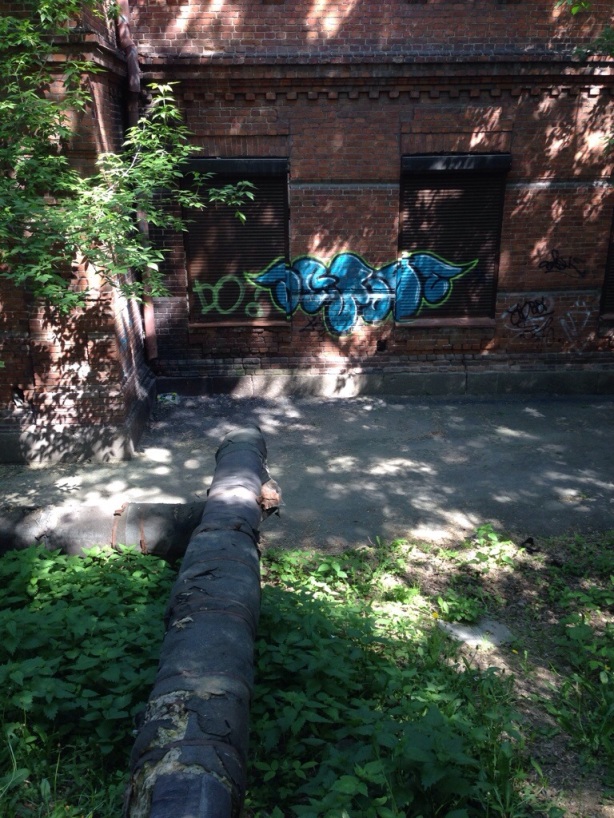

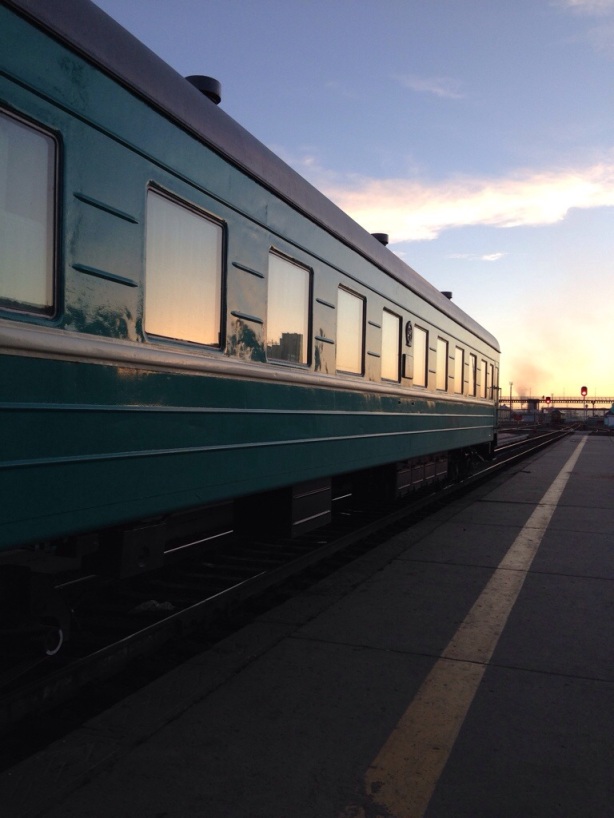





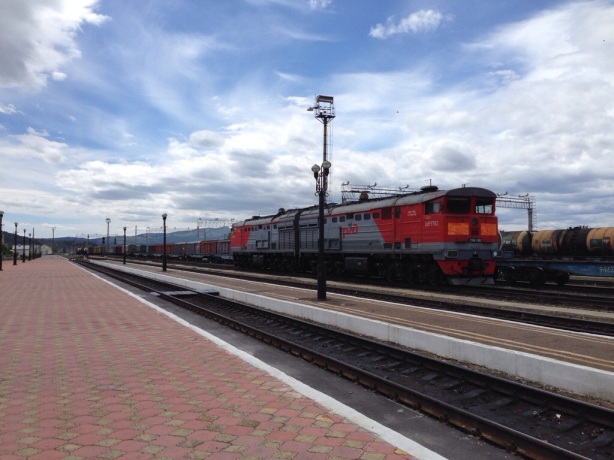









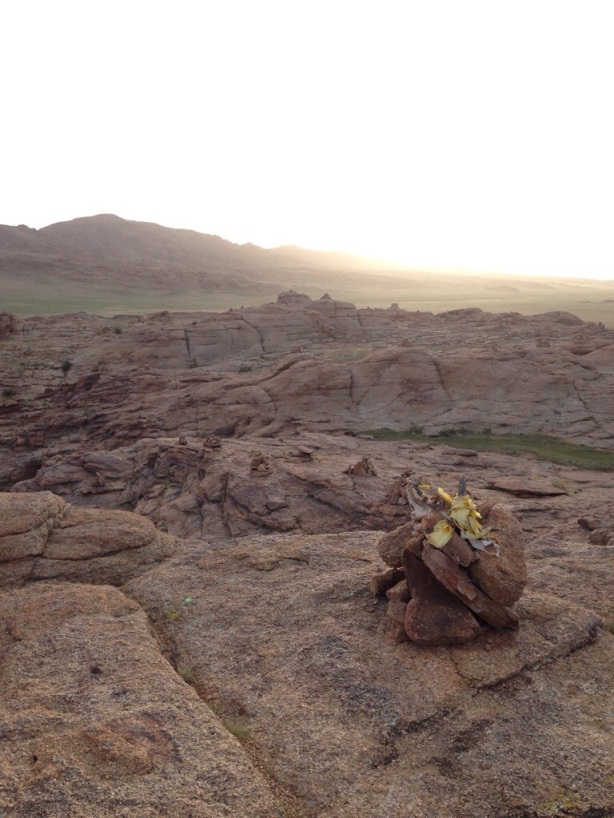






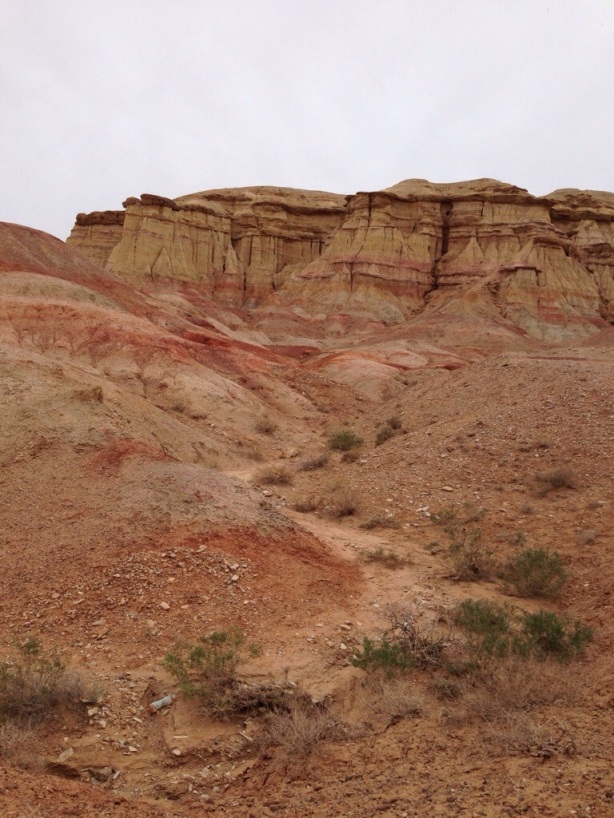
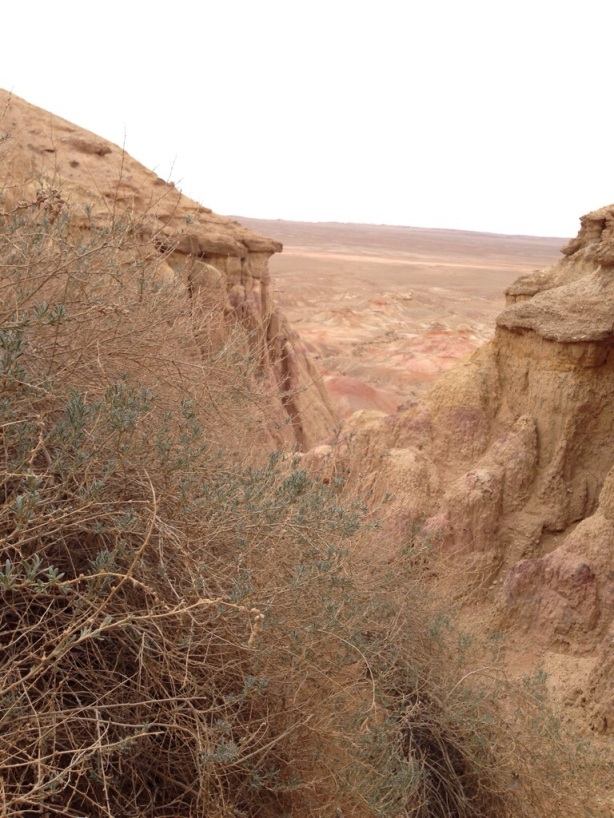

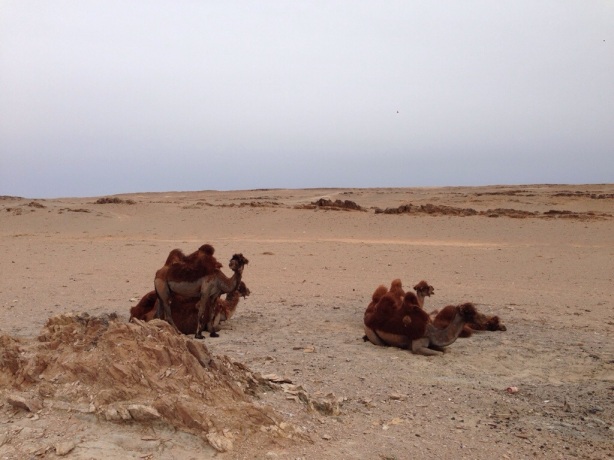
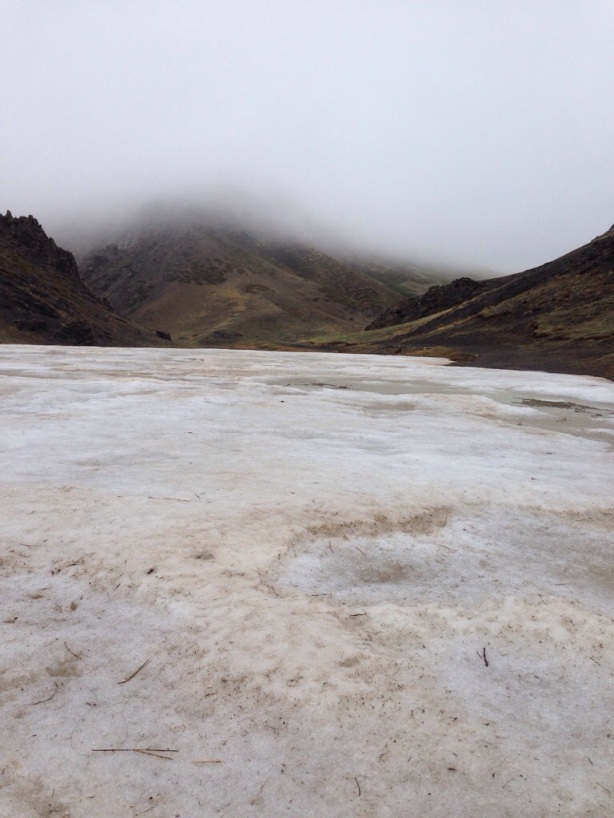



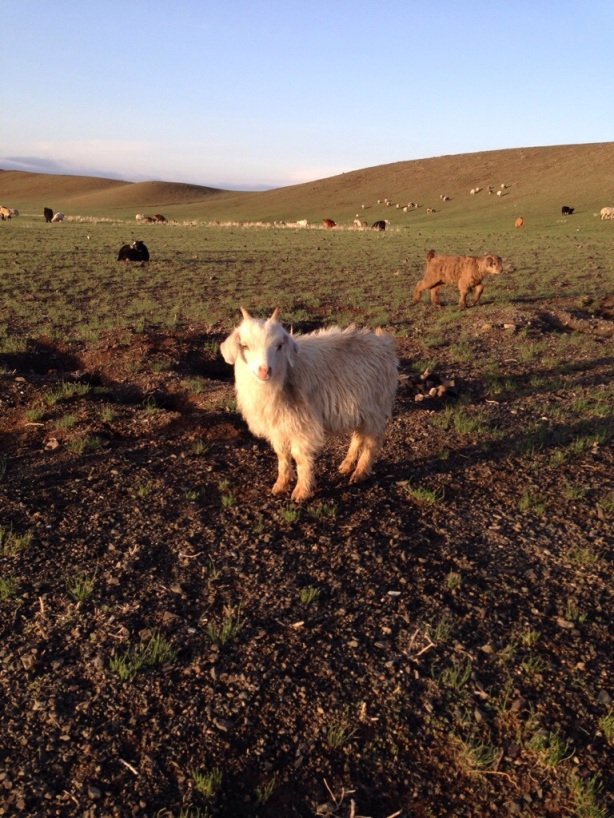


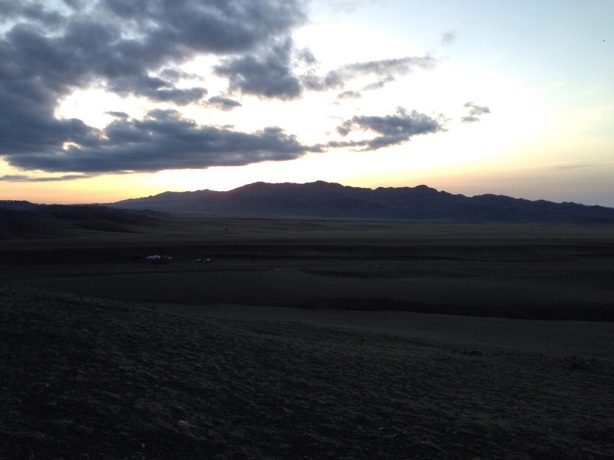

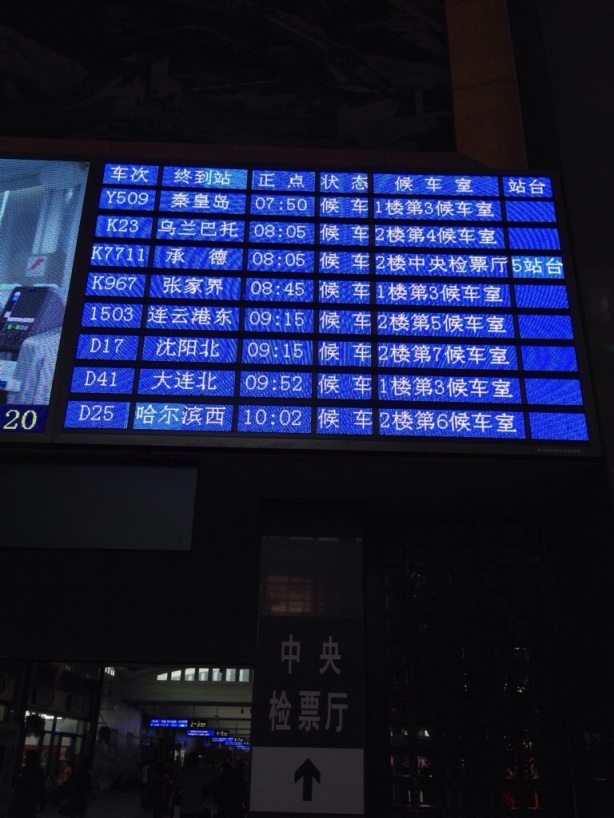





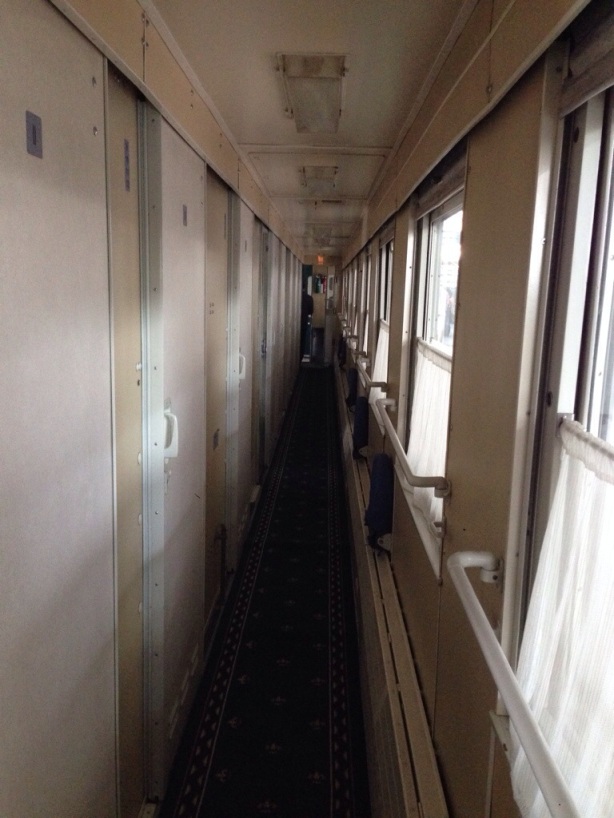

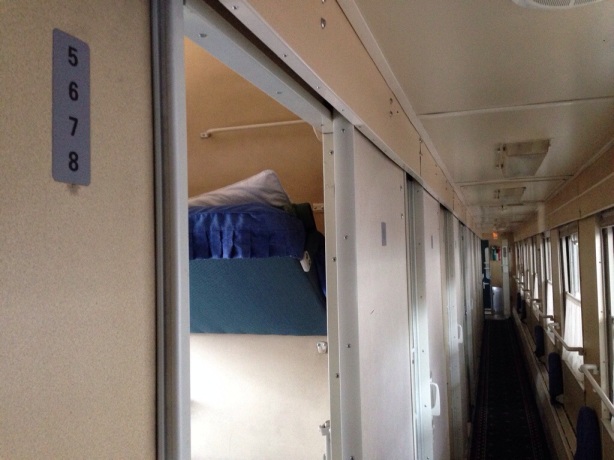


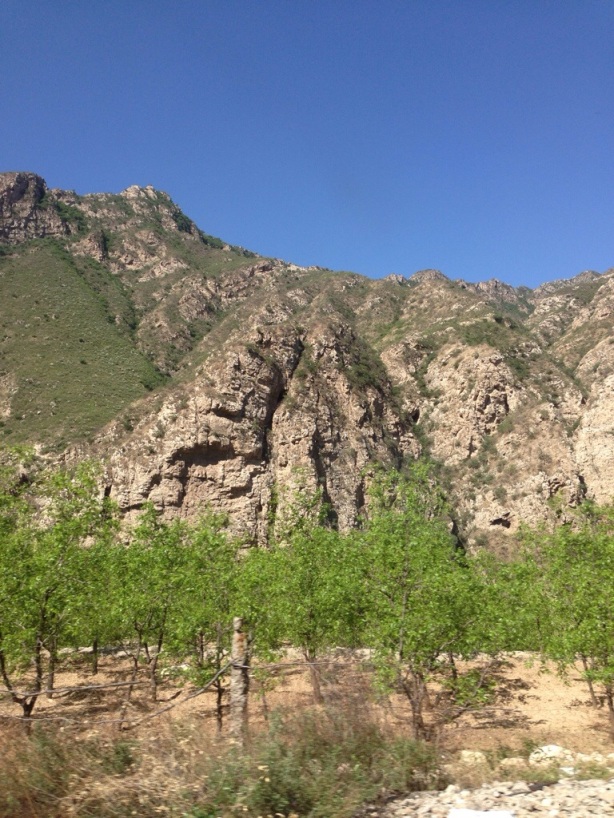
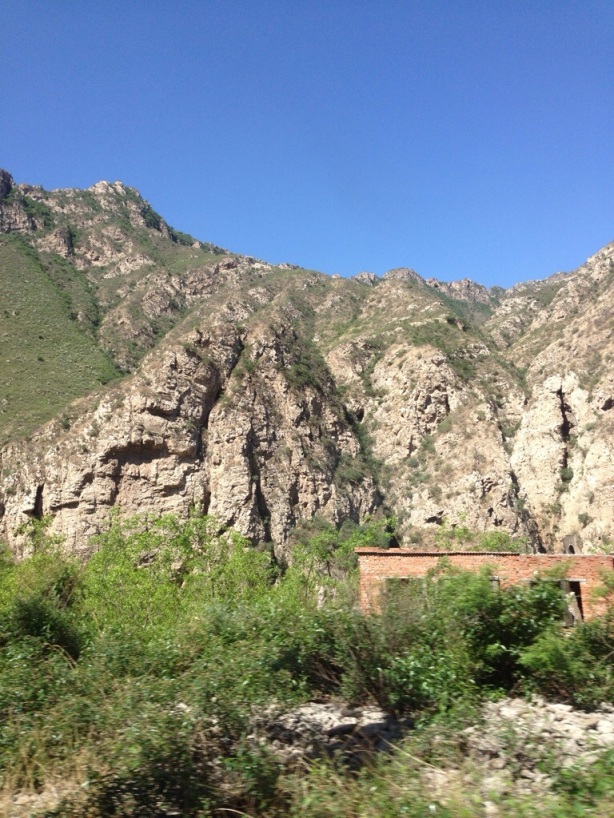







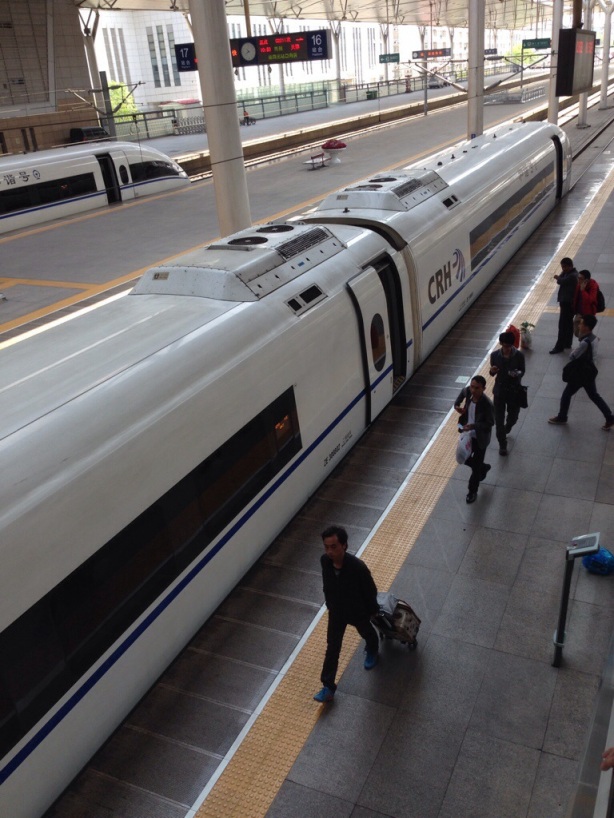








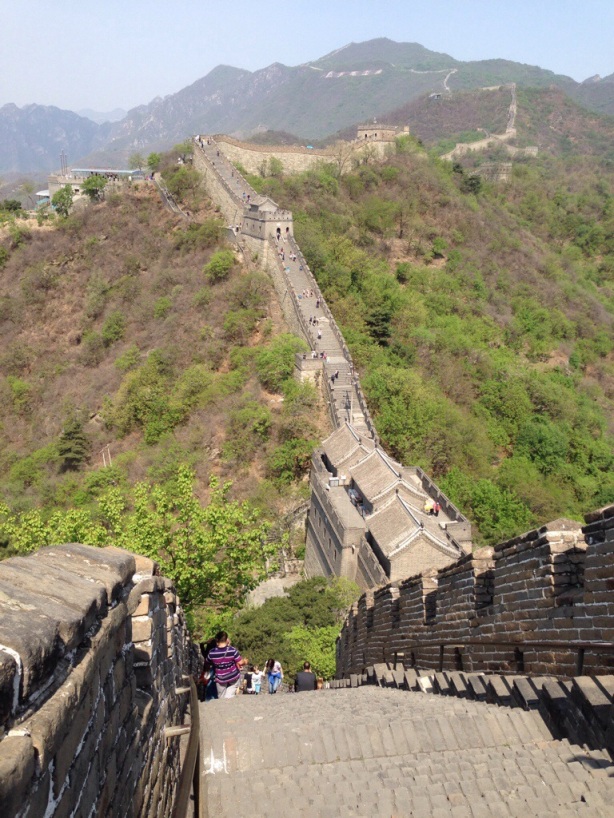
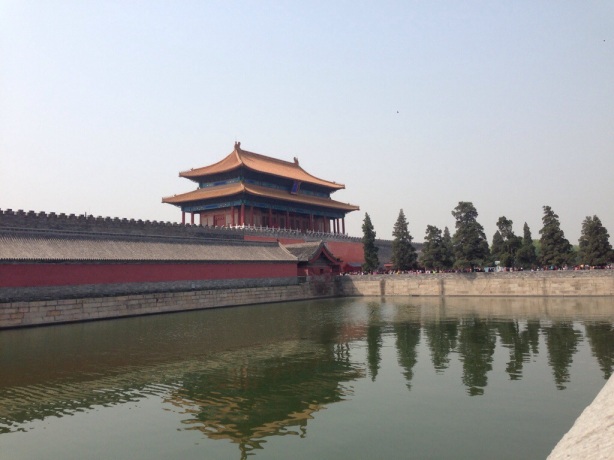
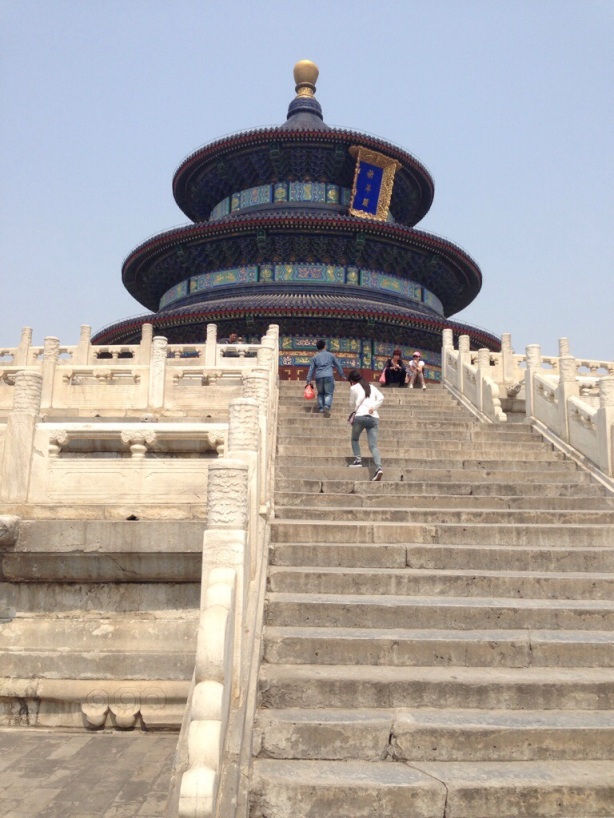

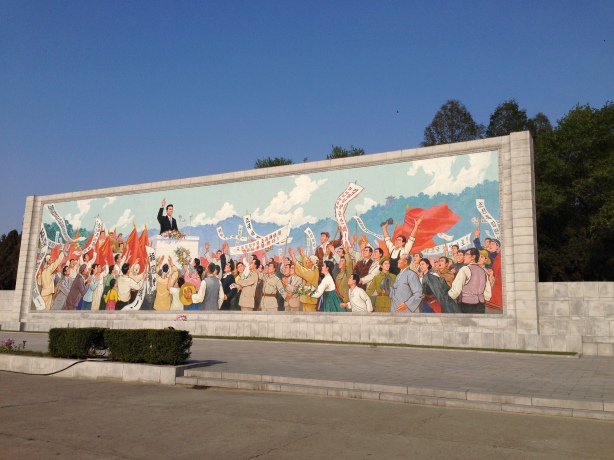





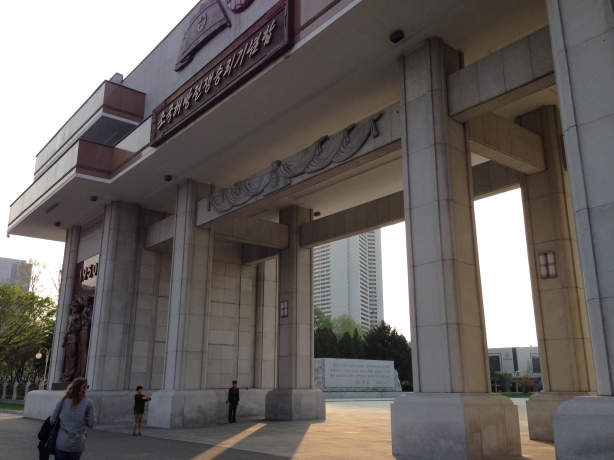
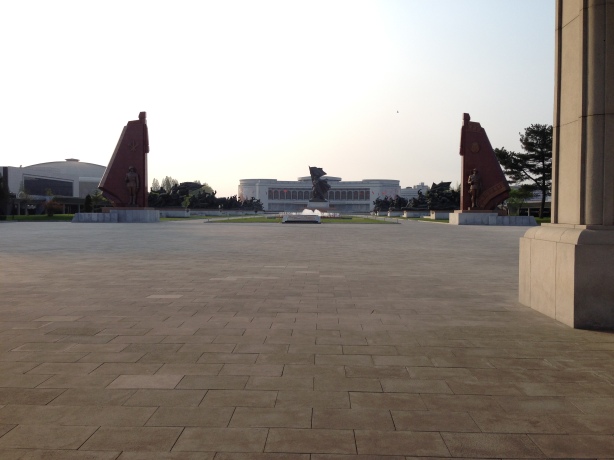
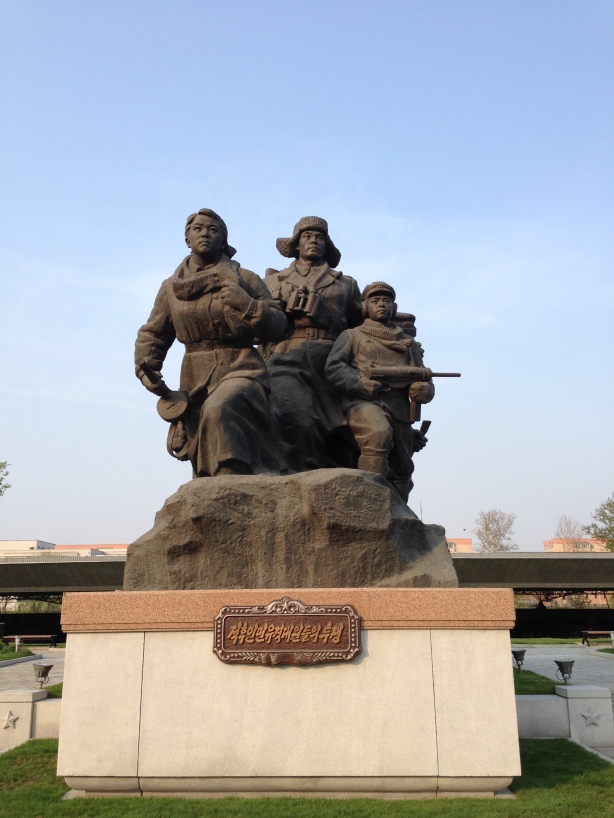


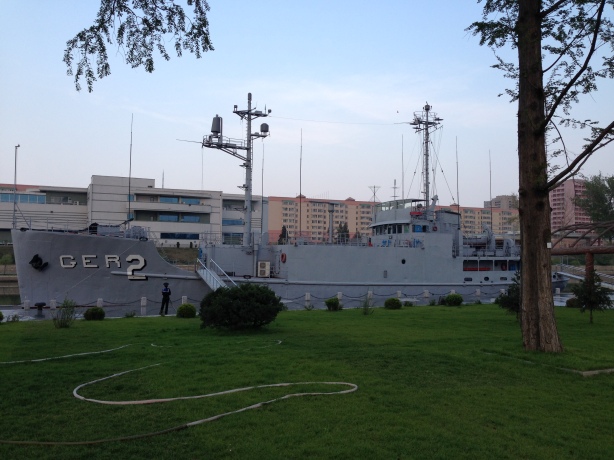
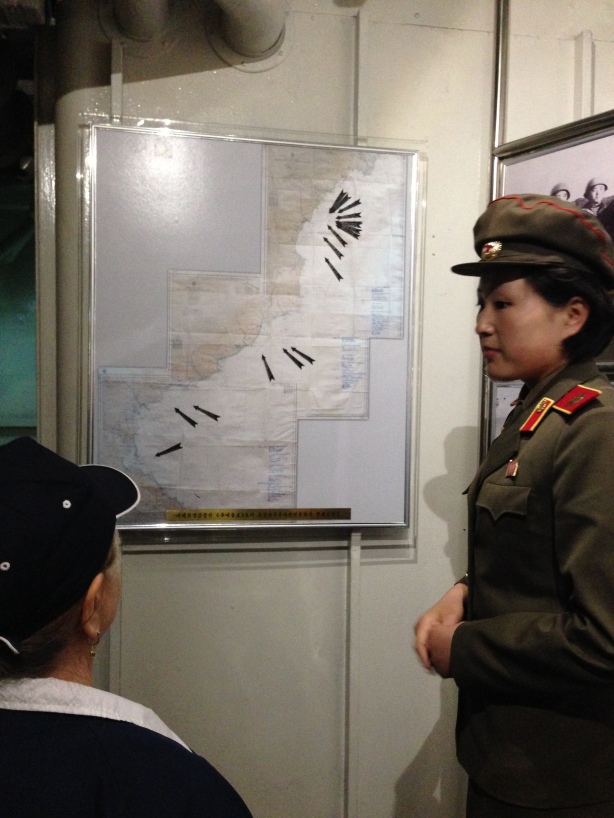





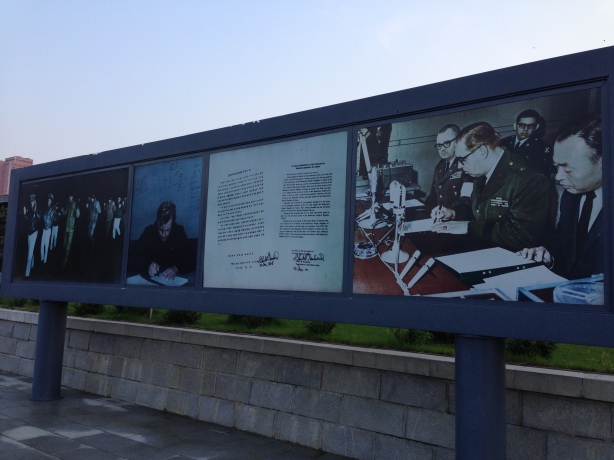

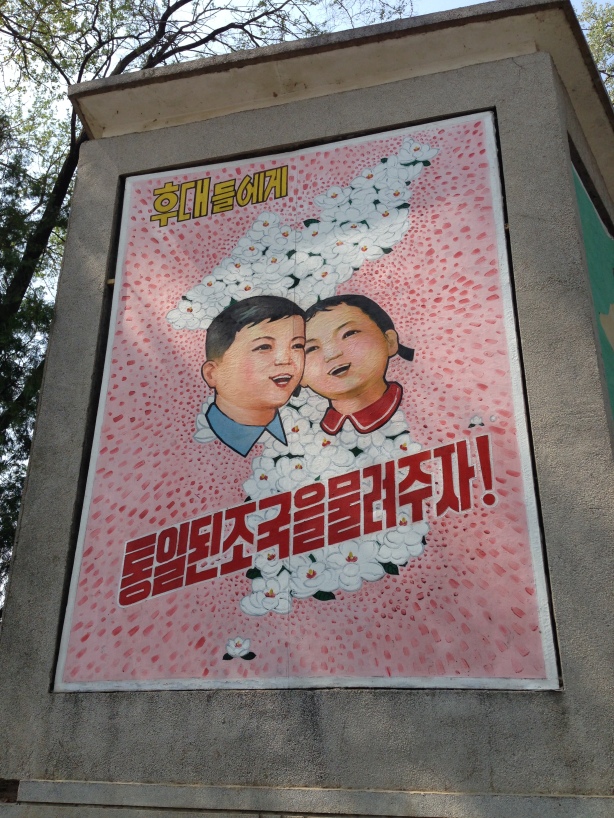




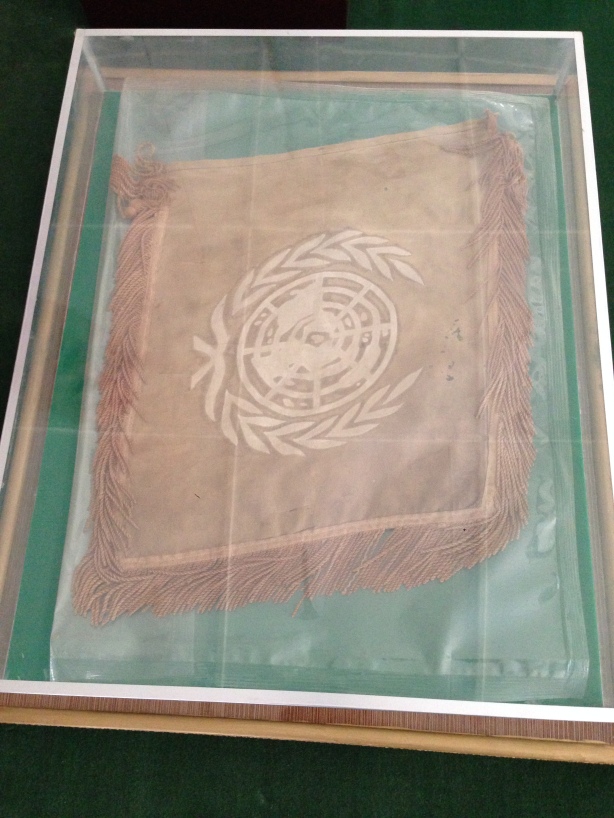
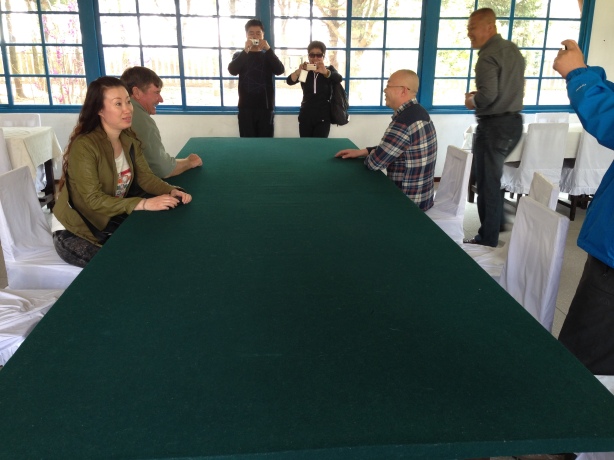
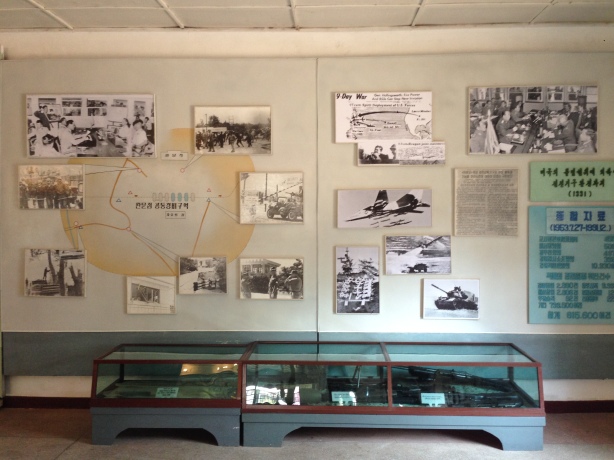










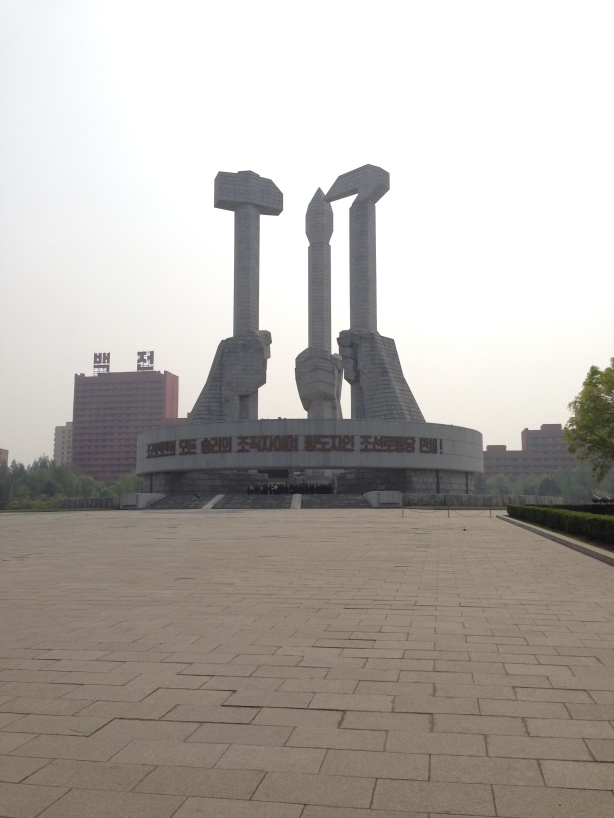

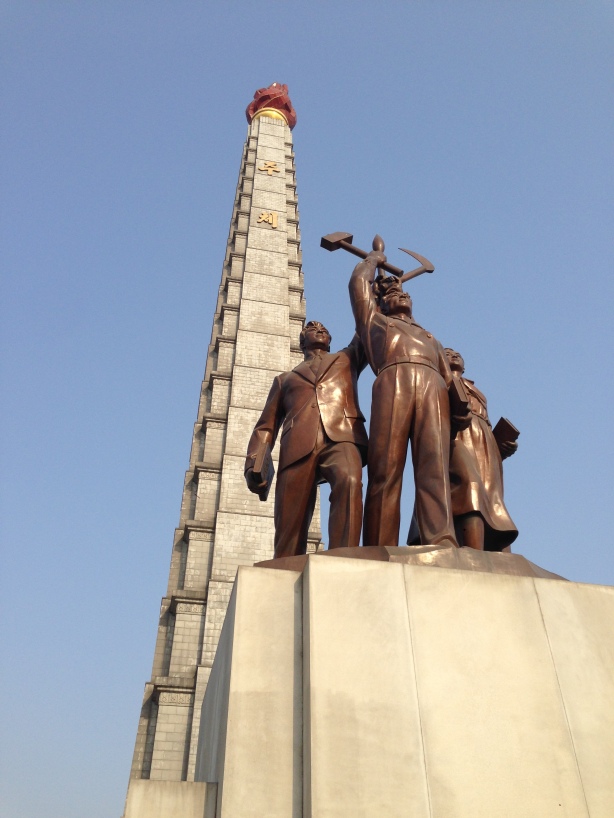












































![IMG_3790[1]](https://bucketlistsforbreakfast.files.wordpress.com/2014/05/img_37901.jpg?w=614&h=460)
![IMG_3792[1]](https://bucketlistsforbreakfast.files.wordpress.com/2014/05/img_37921.jpg?w=614&h=460)
